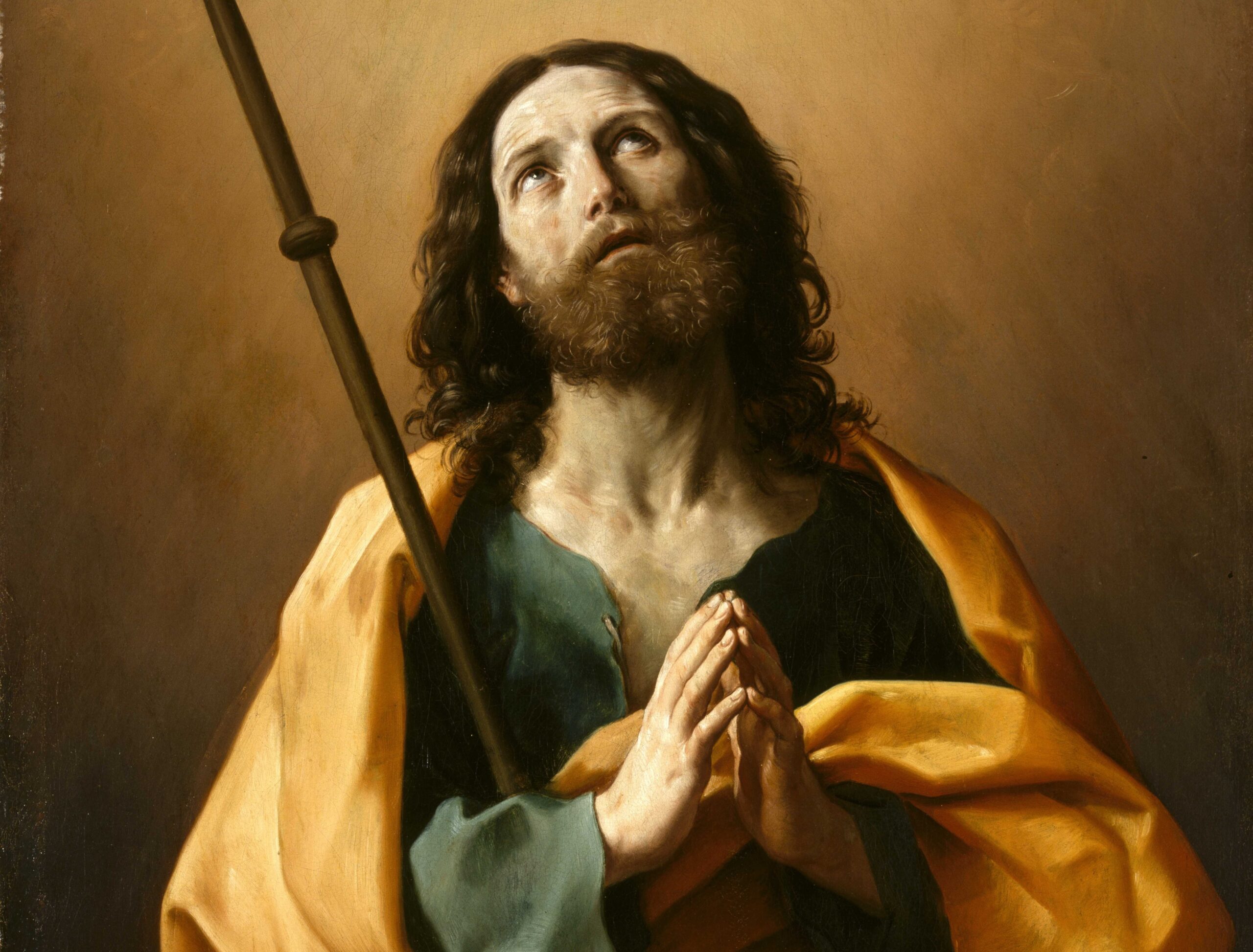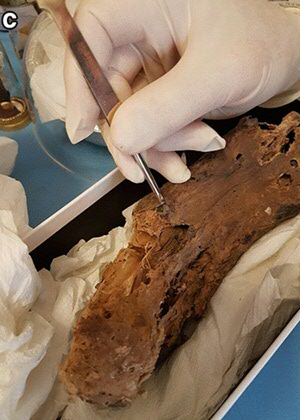Holy femur does not belong to apostle James, carbon dating shows

Carbon dating shows:
Holy femur does not belong to apostle James
An international team of experts, including carbon-14 expert Hans van der Plicht and religious scientist Lautaro Roig Lanzillotta, both from the UG, have figured out the true provenance of the ancient relics.
James was supposedly a brother or a cousin to Jesus, and his femur has been at the Santi XII Apostoli basilica since the sixth century, next to the shin bone and foot that supposedly belong to another apostle: Philip. However, Van der Plicht’s carbon dating shows the femur dates back to a time period between 214 and 340 A.D. That’s 160 to 240 years after James. That means the femur cannot possibly be his.
No malicious intent
The researchers don’t think anyone had any malicious intent. In the early years of Christianity, many people were looking for saints’ bodies, mainly at old Christian cemeteries. It’s likely that the person who dug up James’s and Philip’s bones genuinely believed they belonged to the apostles.

Researchers also took a sample of Philip’s shin bone. Unfortunately, it was unsuitable for analysis. A sample of oil, found in a little channel in the reliquary, dated back to the sixth century, as did a pottery shard. This corresponds to the time period the bones arrived in Rome.
Ban on sales
Transporting the bodies of saints became popular in the second half of the fourth century. Saint Babylas of Antioc was moved in 354, to a church that emperor Constantius Gallus had built just for him. A year later, the remains of saints Timothy, Andrew, and Luke were transported to Constantinople.
Believers started to worship the relics, in spite of the criticism from church authorities. It became so popular that digging up bodies and selling relics was banned. At the same time, relics were sold all over Europe to improve the reputation of churches.



